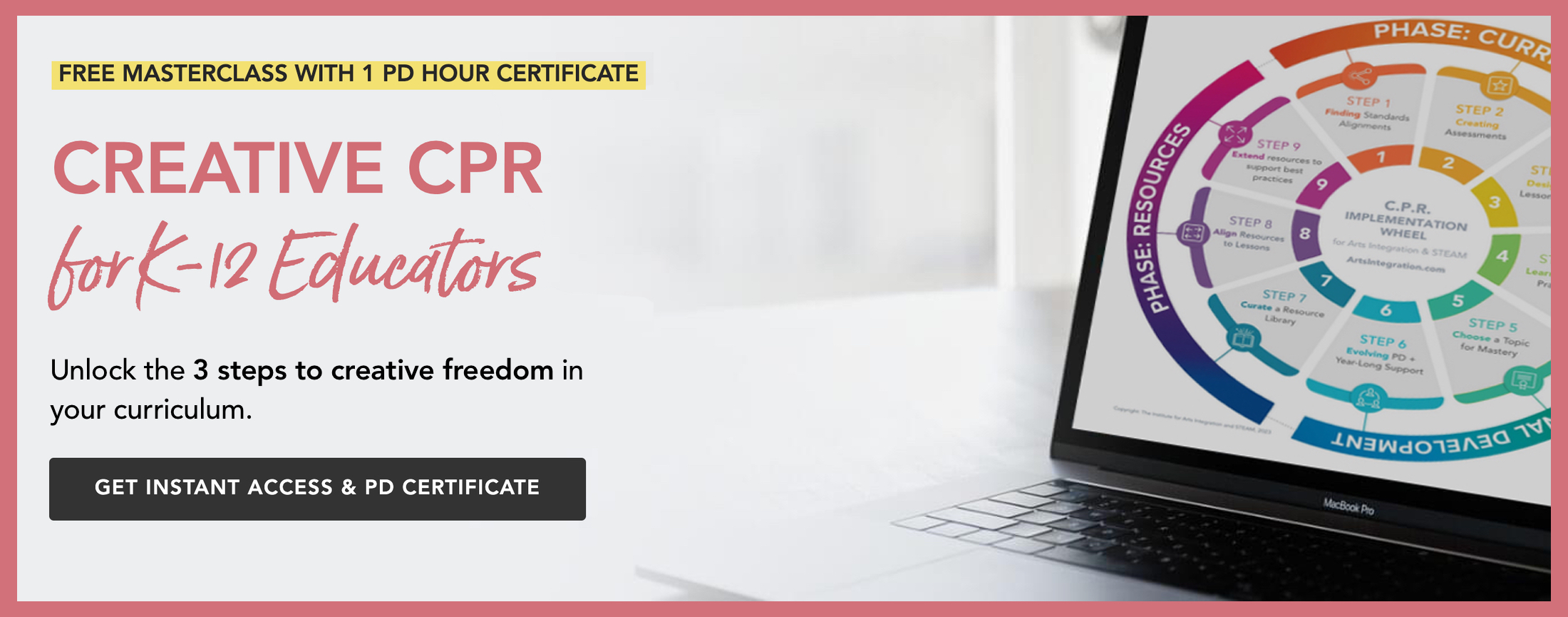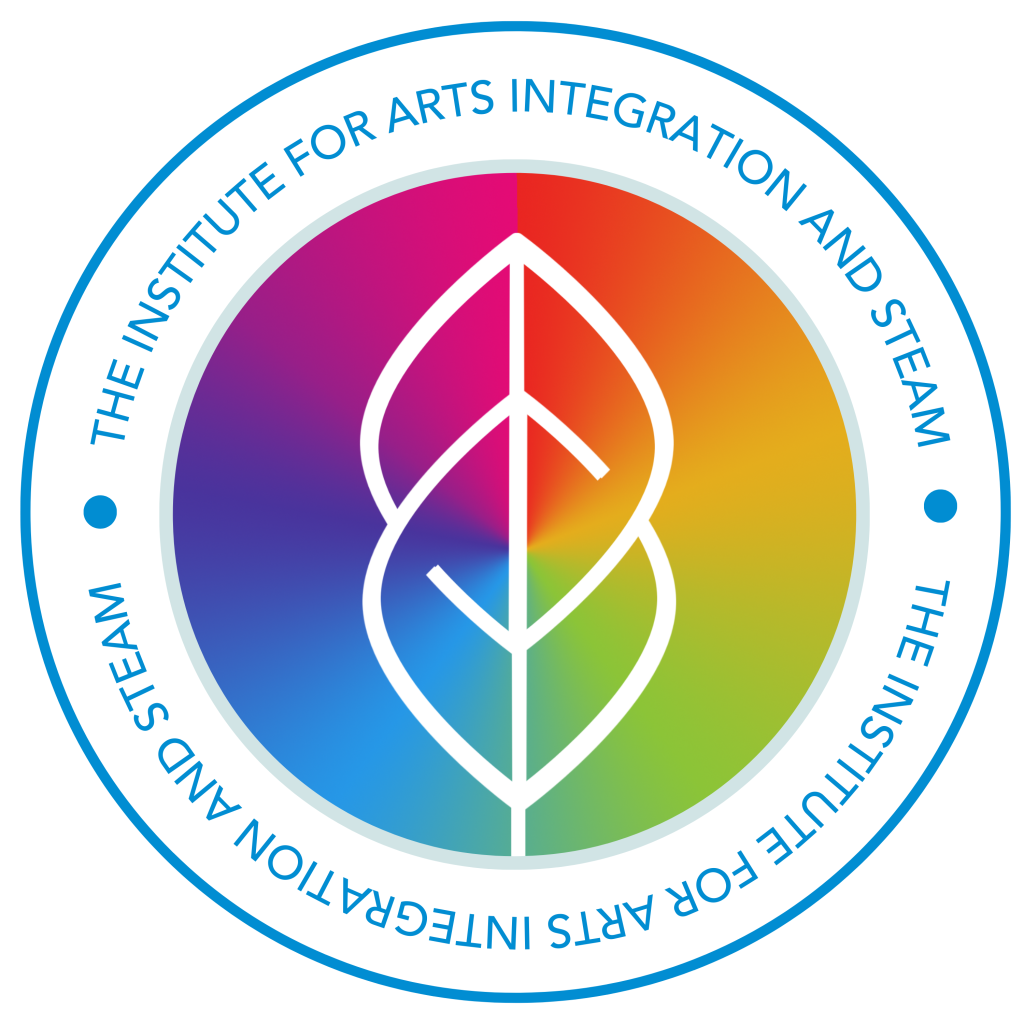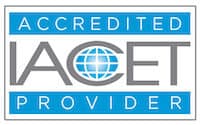Susan Riley | April 2013
The Great Common Core Hoax
Have you noticed that Common Core is everywhere right now?
There are debates going on at all levels about their usefulness, along with their true purpose, and if they will indeed help our students to achieve to their highest potential to be competitive in a global economy. I can't tell you how many vendor and organization presentations I've been through where everyone proudly announces that their resources are "aligned to Common Core". Beware.
Many of these resources are simply the same information in a shiny new package. This always makes me shake my head in disgust and anger – our teachers are trying desperately to understand these new standards and their implications for their students. When companies and organizations don't actually do their due diligence in creating innovative, naturally-aligned resources for Common Core, they are simply making the whole process more confusing and frustrating. It is now becoming what I call the great Common Core hoax, and it's our duty as informed, intelligent educators to be able to separate the authentic from the trick.
One of the biggest culprits of this hoax are web resources, unfortunately.
Websites everywhere are claiming that their resources and information align and support Common Core Standards, but it's just not true. Many of these sites have not attempted to align their curriculum, resources, strategies, or programs with Common Core. Publishers are much more weary of doing this, as districts are becoming more familiar with the Standards and what true connections look like, though there are certainly some out there who are still trying to pass off last year's information for this year's implementation. So how can you tell if the resource you're looking at is genuinely a support or connection to Common Core?
1. Beware of Generalities.
If you are looking at a website or other resource which only covers the surface information of Common Core (like what it is, it's history or it's importance), steer clear. You can find this information anywhere on the web and from the Common Core website and more than likely, they are just copying and pasting it into a new platform.
2. No Reference to Specific Standards.
Piggybacking on the above, if it has no specific standards listed and correlated, no one made a concerted effort to truly align to the Standards.
3. Focused on the Product and Not the Process.
The Common Core Standards are grounded in processes which help students to extrapolate, communicate, collaborate and create their own learning. If the only thing a resource is showcasing is a beautiful final product, they aren't really focused on the Standards.
4. Looks can be Deceiving.
Never judge a book (or website) by it's cover. Just because it looks pretty or the design layout is intuitive, doesn't mean that the content is worthwhile. Forget about how it looks and zero in on the depth and connection to the content.
Common Core is one of the hottest topics in education right now. Unfortunately, many organizations are trying to capitalize on it. All without putting in the hard work to find those alignments that bring the most meaning to our students. This is especially true, since "integration" becomes a buzz word for connecting to contents across the curriculum. Be cautious and use a critical eye when reviewing these resources. This is so you may find and use the very best tools with your students. Some wonderful connections exist out there, just as long as if we all sharpen our lenses!
Sound off: has your district moved to Common Core? What resources are you using to help you transition?



